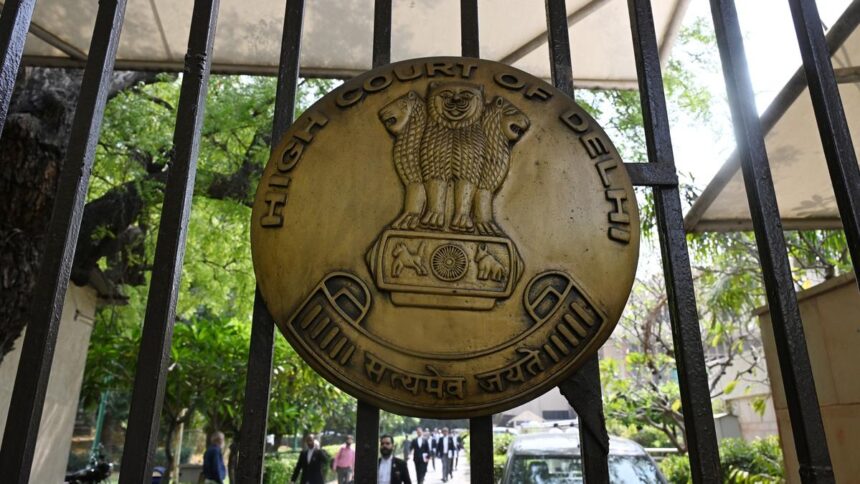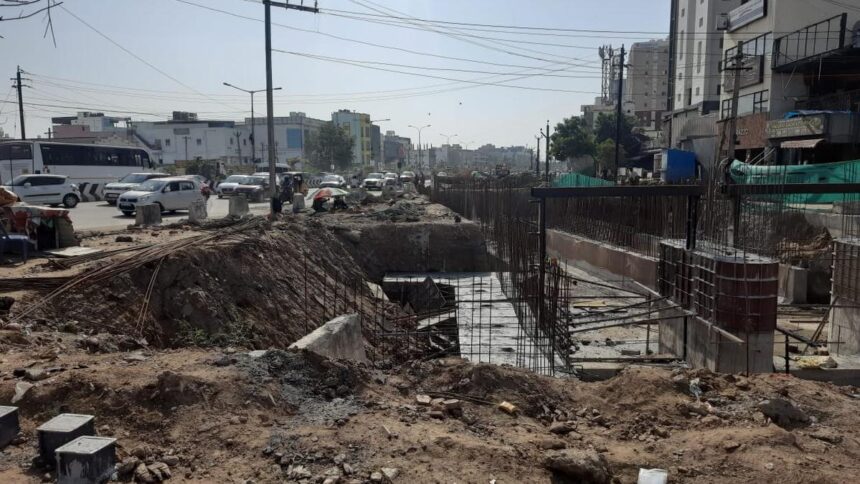
A view of the Suprme Court of India. File
| Photo Credit: The Hindu
The Supreme Court of India has ordered the park inside the Lodhi-era monument “Gumti of Shaikh Ali” premises not to be used for the construction of badminton or basketball courts.
The Supreme Court had previously directed the Delhi Government to issue a fresh notification to declare the Lodhi-era monument “Gumti of Shaikh Ali” a protected monument under law.
A Bench comprising Justices Sudhanshu Dhulia and Ahsanuddin Amanullah further directed the authorities against any commercial activity, including kiosks or shops in the area.
Declare Lodhi-era ‘Gumti of Shaikh Ali’ protected monument: Supreme Court to Delhi government
The top court was also assured that the park, comprising four quadrants, would be maintained and beautified for it to retain its natural beauty and might be used for the benefit of the general public.
“The only direction which needs to be given here is that it should not be used for any other purpose and no activity such as construction of badminton court, basketball court, etc., be made considering the limitations of the area itself,” the Bench’s July 31 order said.
The Court further directed the court commissioner to coordinate with the department concerned, including the Horticulture Department, for maintenance and beautification of the park. The matter was posted for August 28.
Pay ₹40 lakh compensation for illegal occupation of Lodhi-era monument: SC to RWA
The dispute over the monument surfaced when the top court directed the Defence Colony resident welfare association to vacate its structures and pay ₹40 lakh to the Archaeology Department of the Delhi Government as compensation for occupying the historical place since the 1960s.
The apex court was hearing a plea filed by Defence Colony resident Rajeev Suri, who sought to have the Gumti declared a protected monument under the Ancient Monuments and Archaeological Sites and Remains Act, 1958 (AMASR Act). The plea was filed in the top court after the Delhi High Court dismissed his plea in 2019.
The Court has been regularly passing directions to ensure removal of encroachments, illegal occupation, and beautification of the monument and its surrounding area.
Protected monuments under the AMASR Act benefit from legal protection, conservation efforts, and restrictions on activities around them to ensure their preservation for future generations.
Such monuments are safeguarded against damage, destruction, and unauthorised construction or excavation in their vicinity.
Published – August 04, 2025 01:57 pm IST























